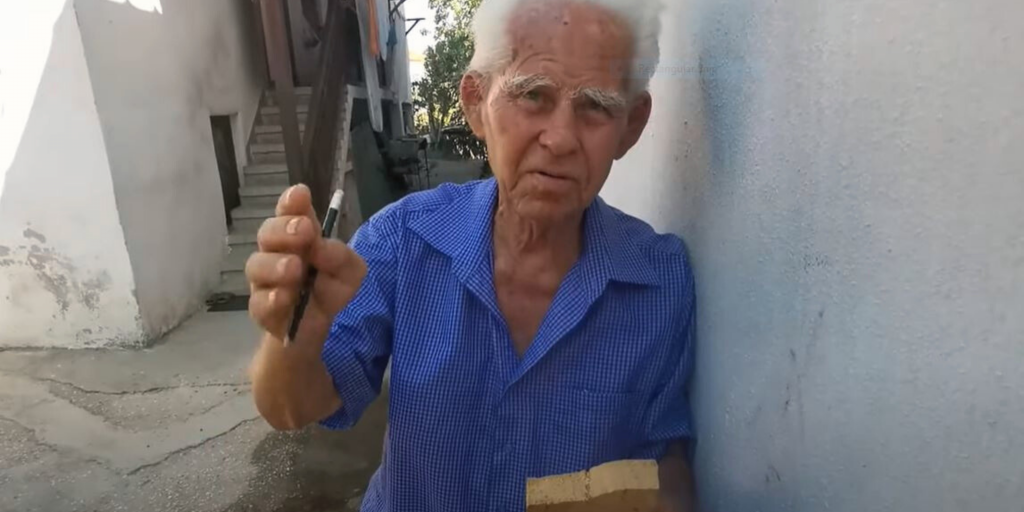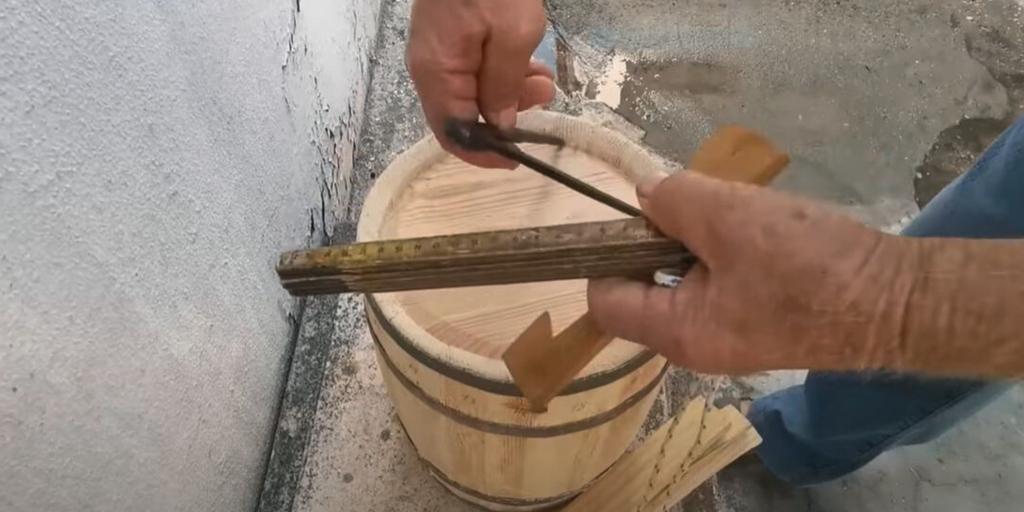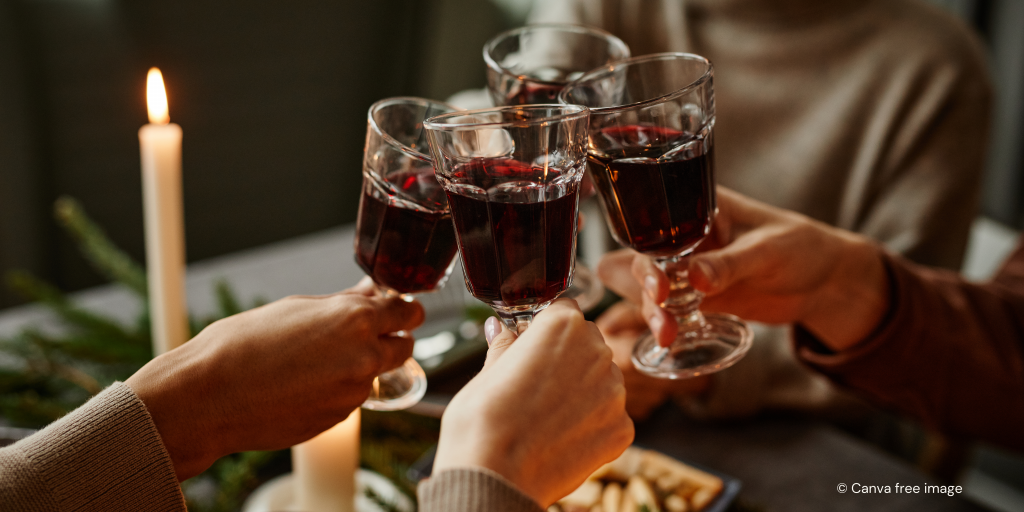|
Christmas is a time when family and friends gather around the table, sharing laughter, stories…It's a unique and special occasion where cherished traditions come alive—often accompanied by the perfect bottle of wine. Wine, a symbol of joy, togetherness, and celebration, holds a special place on the Christmas table, enriching the flavours of holiday meals and creating moments that we carry with us.
|
Have you ever wondered about the craftsmanship behind the barrels that make wine exceptional? This newsletter is dedicated to the art of barrel making, a centuries-old craft that enhances the quality of wine, making it a perfect companion for holiday celebrations.
|
|

|
|
Explore Barrel Crafting
|
Barrels have been integral to human civilization for millennia, used for storing liquids, fermenting food, and even collecting rainwater. In the world of winemaking, barrels play a pivotal role in shaping the taste, aroma, and texture of wine. This timeless craft lives on through artisans like Mr. Nikolaos Prouflias, a master barrel maker who combines tradition and innovation in every barrel he creates.
|
|
Mr. Prouflias’ barrels, crafted from premium materials such as oak, chestnut, and acacia, are not just containers—they are tools of transformation. Whether you're a winemaker or a food producer, his barrels offer sustainability, durability, and a touch of artistry that elevates every product stored within.
|
|
|

|
|
The Legacy of Barrel Making
|
|
The history of barrel crafting can be traced back to ancient Rome, where coopers perfected techniques that are still used today. Oak barrels, in particular, are prized for their ability to enhance wine's character, imparting notes of vanilla, caramel, and spice. Chestnut, cherry, and acacia barrels also contribute unique flavours, making them a preferred choice for winemakers seeking diverse and unique tastes.
|
|
|

|
|
The process of crafting a barrel is intricate and requires great skill. It begins with the selection of the finest wood, followed by the precise cutting and shaping of the staves. These staves are assembled and temporarily held in place with metal rings, before undergoing a toasting process. This essential step involves exposing the interior of the barrel to flames, activating the wood’s natural components and contributing to the final product’s flavour profile.
|
After toasting, the final metal rings are fitted to ensure the barrel’s structural integrity. The result is a versatile and durable vessel that not only stores and transports liquids but also plays a vital role in the aging process.
|
|
|
|
|
Beyond the Barrel’s Original Purpose
|
While their primary role is in winemaking and aging spirits, barrels have found new life in modern design and function. Repurposed barrels can become rustic furniture, unique planters, or even musical instruments, showcasing the versatility of this ancient craft.
|
|

|
As you sip wine this Christmas, raise a glass to the artisans whose craftsmanship brings us the flavours we love and the timeless tradition of barrel-making that continues to enhance life’s most special moments.
|
|

|
Wishing you a Merry Christmas and a Happy New Year!
|

|
The CRAEFT Consortium
|
|
|
|